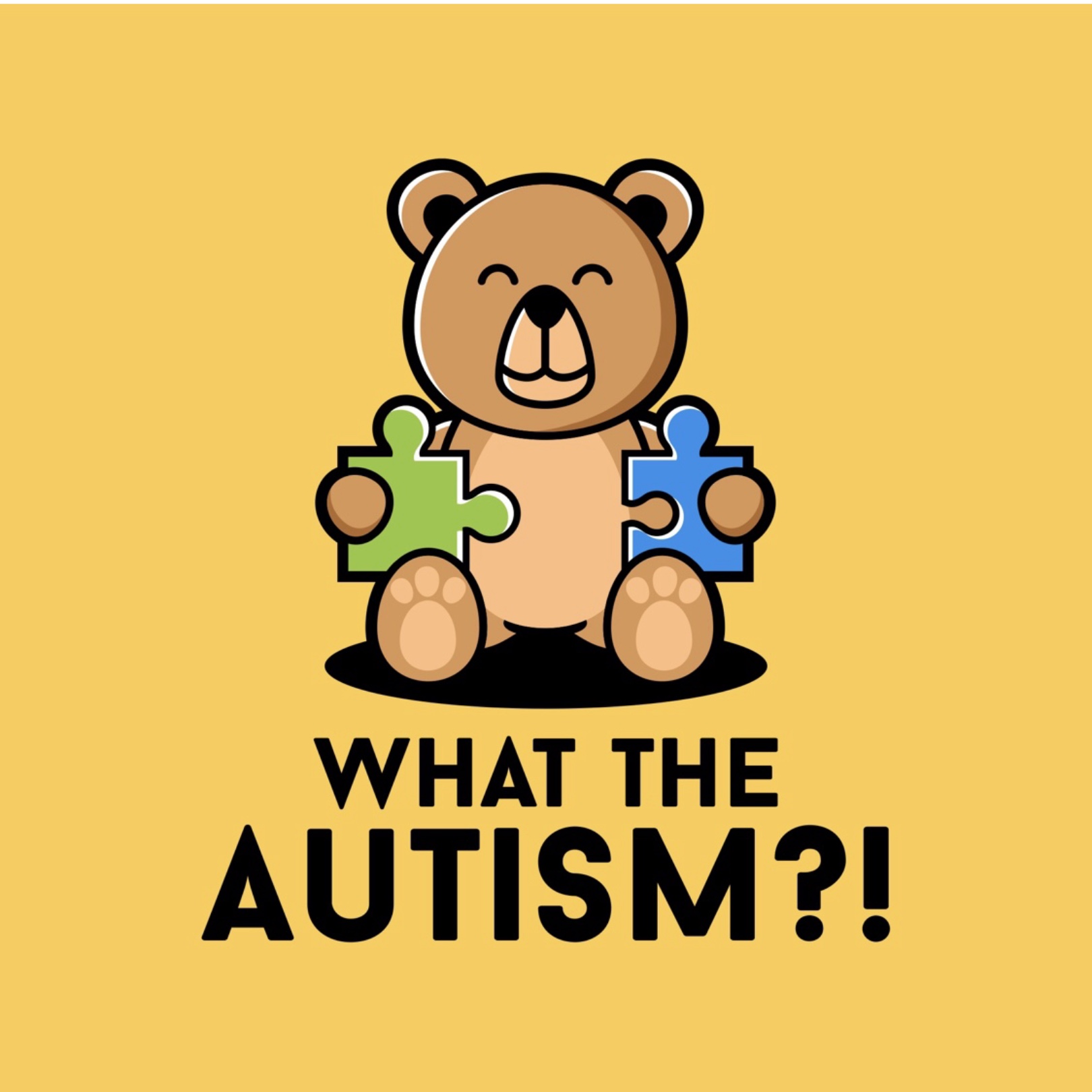 |
What the AUTISM?!Breaking down research findings on autism to provide practical steps to those affected by the autism diagnosis. Author: Amanda Kim
Has your child or a loved one been recently diagnosed with Autism Spectrum Disorder (ASD)? Or do you suspect that your child or a loved one MIGHT have ASD? Follow us on Instagram and Facebook @Whattheautism to get access to some helpful resources. Tune into our podcast channel @Whattheautism on your favorite podcast platform to join our community of listeners who strive to use research in determining the most effective treatment, diagnosis of ASD, and other helpful information as we navigate the mysteries of Autism together. Have a topic recommendation or questions? Please feel free to email us at whattheautismpodcast@gmail.com. See you all on the podcast! Language: en Genres: Kids & Family, Parenting, Science, Social Sciences Contact email: Get it Feed URL: Get it iTunes ID: Get it |
Listen Now...
What Happens After High School?
Episode 22
Sunday, 22 May, 2022
Welcome back to season 2 of “what the AUTISM?!” This podcast is intended for listeners who are interested in learning and better understanding the autism diagnosis. If you are a new listener to our podcast, welcome to our community! Whether you are a parent, a health care provider, a teacher, a fellow community member, or an aspiring behavior analyst, this podcast is meant to create an ongoing discussion with you the listeners, to better understand all the mysteries of this autism diagnosis and be a resource to one another as we each partake in this journey together. Today’s episode is on the topic of transitioning to adulthood for individuals that are diagnosed with autism. Those that follow autism research will have noticed that much of the research conducted focuses primarily on birth to childhood, but there’s a growing push for research to expand to adulthood and beyond for this specific population. Understanding life course trajectories can help us identify how different outcomes stem from different etiologies and different prevention strategies that would be most appropriate for different subgroups of individuals that are impacted by the autism diagnosis in various ways. Basically, what this means is that autism is a disorder that encompasses a wide spectrum, and in order for us to better understand the appropriate treatment and care for each individual, we need to conduct further research that focuses on more than just the infancy and childhood years. A resource I want to point our listeners to is the National Autism Indicators Report. It’s a helpful guide put together by Drexel University to present current research findings and their implications. The specific report I want to point you towards is the report from 2015 that focuses on transitioning individuals into young adulthood. Young adults with autism have a difficult time post high school for all possible outcomes, whether it is work, continuing education, independent living, socializing and participating in the community, and staying physically healthy and safe. To further complicate these difficulties, many of these individuals face adulthood by first stepping off a services cliff. This is a common analogy utilized within the autism community to refer to the transition that individuals diagnosed with ASD go through once they graduate high school. They no longer qualify for the services they’ve had access to since infancy, and these transitions are some of the hardest obstacles that an individual diagnosed with autism and their family have to experience. The National Longitudinal Transition Study conducted in 2012 found that over ⅓ of teens diagnosed with ASD could not navigate to various locations outside the home, or were not allowed to do so. The report also identified that most teens with ASD could perform adaptive tasks, such as feeding and dressing, very well, but some had trouble using the telephone or looking up phone numbers or counting basic change. It’s also important to highlight in terms of social opportunities, individuals with ASD were found to engage in fewer social and recreational activities in middle and high school compared to their peers without an ASD diagnosis. Students with ASD were also found to have decreased levels of participation in sports, clubs, and other lessons/activities, and community service.Over half of young adults with autism received no vocational or life skills services during their early 20s. It’s also important to note that nearly half of the youth on the autism spectrum were victims of bullying during high school. Over one-quarter of adolescents engaged in some type of wandering behavior in which they impulsively left a supervised situation, increasing their risk of becoming lost and going missing. Some of these statistics highlight the wide range of needs and accommodations that individuals with ASD will be needing; however, the health care system doesn’t have the resources...












